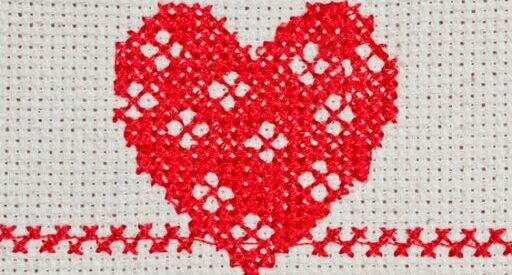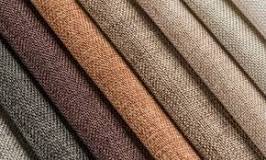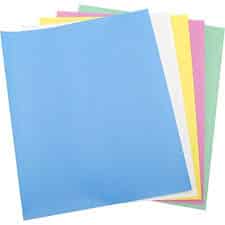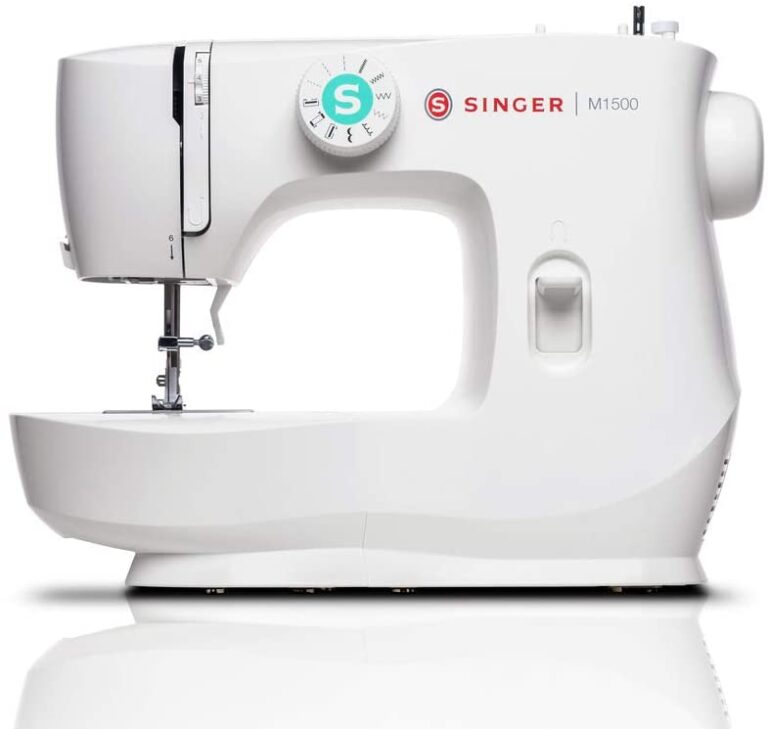Crochet
Table of Contents
Introduction to Crochet
If your granny or mother like knitting and you have worn a slightly itchy but well designed and crafted sweater that your parents would boast were hand-knitted, then you may have a rough idea about what crochet is. This is not so much fabric as it is a technique.
This process involves creating loose and slightly open fabric that is knitted with looping threads. A hooked is used to crochet a thread and turn it into a warm fabric. Imagine a grandma wearing a long yellow gown, with thick-lensed glasses, white hair braided, sitting on a squeaky chair, knitting, and probably using the crochet technique.
History of Crochet
This technique is vaguely very similar to knitting, but before 1800 no trace of this technique is found. It garnered a lot of attention in Europe around the 19th century, and from there, designers began learning and employing this process to design trendy clothes.
Crochet reached its popularity peak in the 1960s when the fashion industry revolved around this technique.
Properties of Crochet
There are many different types of crotchet fabric available, but all of them have some basic common properties like:
Open Weave
Crotched fabrics have an open weave, which means that there are tiny little holes in them. This makes the fabric breathable too.
Lightweight
Such fabrics are light in weight and super easy to wear and carry even for a tiring, long day.
Warm and Comfortable
Crocheted fabrics are made with either or other warm fabrics. That is why this fabric is perfect for designing winter apparel.
Delicate but can be embellished
You can add beads or do embroidery on it as this fabric favors such embellishments. You can enhance it through different techniques like printing the fabric too.
Available in various colors
Crotched fabrics can easily be dyed, and that is why such fabrics are available in a wide range of colors.
Common Uses for Crochet
As crochet is more of a technique than fabric, its uses are better displayed through the fabrics made by employing this knitting technique. The most common uses of crocheted fabrics are:
Sweaters and Garments
Many businesses and brands use crotched techniques and incorporate them with wool and other warm fabrics to design trendy sweaters and garments that are both warm and stylish.
Shawls
High-quality shawls are also made with this fabric as it is quite warm and cozy.
Baby Garments
Sweaters, undergarments, socks, or gloves for babies are made with crocheted fabrics as they are warm, soft, and super comfortable. They are cozy as well, which helps babies in sleeping well.
Bags and Purses
If you have seen fancy hand-knitted or embroidered bags, cloth clutches, and purses- made mostly in northern and rural areas- are made using such fabrics. This technique gives them a beautiful look.
Caring for Crochet
Caring for this fabric is no rocket science, but it is so important. So, you wouldn’t have to wake up at night or spend a hefty amount on its cleaning and professional washing, but a little amount of undivided attention would do the work.
Keep this fabric as far away as you possibly can from harsh chemicals. Do not use concentrated detergents, fabric softeners, or any other kind of washing agent you do not trust. A mild detergent and a gentle hand wash would do the trick. Try to air dry this fabric, so the crochet of fabric is not damaged in the machine dryer.
Keep it on a secure shelf of your closet. Try to wrap it in a soft cloth like a cotton sheet and hang it on your shelf. This way, the crochet wouldn’t get entangled with embroidery or even button of other garments. It will remain secure. If you do damage this fabric, remember you will be committing a fashion crime!
Sources




